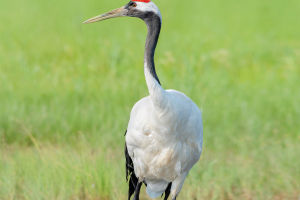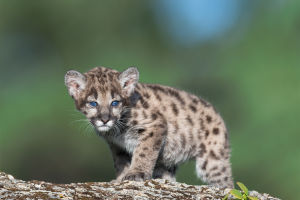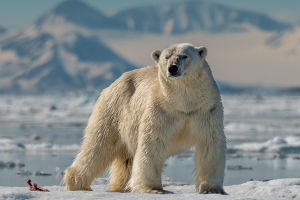Introduction to Swans
Hello Lykkers, Swans are some of the most graceful and iconic birds found across the globe.
Known for their long necks, elegant movements, and striking plumage, swans have captured the fascination of people for centuries.
The Mute Swan
Arguably the most famous and widely recognized of all swan species, the mute swan (Cygnus olor) is known for its pure white feathers and distinctive orange beak with a black knobat the base. Native to Europe and Asia, mute swans have also been introduced to North America, where they thrive in ponds and lakes. Despite their name, mute swans are not entirely silent; they can produce a range of sounds, including trumpeting calls and grunts. They are known for their territorial behavior, often seen protecting their nests fiercely.
The Trumpeter Swan
As North America’s largest swan species, the trumpeter swan (Cygnus buccinator) is a magnificent bird with an impressive wingspan that can reach up to 10 feet. These swans are mostly white with black beaks and legs, and their name derives from their loud, trumpeting call that echoes across the water. Trumpeter swans are found in North America, particularly in the northern United States and Canada, where they inhabit lakes, rivers, and wetlands. Their numbers dwindled in the 19th century due to hunting, but thanks to conservation efforts, their population is now on the rise.
The Whooper Swan
As North America’s largest swan species, the trumpeter swan (Cygnus buccinator) is a magnificent bird with an impressive wingspan that can reach up to 10 feet. These swans are mostly white with black beaks and legs, and their name derives from their loud, trumpeting call that echoes across the water. Trumpeter swans are found in North America, particularly in the northern United States and Canada, where they inhabit lakes, rivers, and wetlands. Their numbers dwindled in the 19th century due to hunting, but thanks to conservation efforts, their population is now on the rise.
The Black Swan
A unique species native to Australia, the black swan (Cygnus atratus) is known for its striking black plumage and bright red bill. Unlike other swan species, black swans are typically darker in color, making them an unusual sight in the bird world. Black swans can be found across Australia in both freshwater and coastal habitats, often forming large flocks. They are also known for their elegant, long necks and distinctive, harsh calls. Black swans have become symbols of uniqueness and rarity due to their striking appearance.
The Bewick’s Swan
Found primarily in the colder regions of Europe and Asia, the Bewick’s swan (Cygnus columbianus bewickii) is a small to medium-sized species with a relatively short neck. These swans are often mistaken for the larger whooper swan, but they can be differentiated by their smaller size and subtle differences in bill color and shape. Bewick’s swans are known for their migratory behavior, traveling from the Arctic to Europe and Asia for the winter months. Their presence is often a herald of winter’s arrival in northern Europe.
The Tundra Swan
Also known as the whistling swan, the tundra swan (Cygnus columbianus) is found across North America, primarily in Alaska and northern Canada. They are smaller than some other swan species, with a long neck and a distinctive “whistling” call, which is the origin of their name. Tundra swans migrate in large flocks, and their journey is one of the most remarkable of any bird species. The tundra swan’s white plumage and black bill create a striking contrast against the landscapes they inhabit, making them a sight to behold.
The Black-Necked Swan
Native to South America, the black-necked swan (Cygnus melancoryphus) is known for its striking appearance. With a black neck and head and a white body, these swans stand out in their natural habitats of lakes, rivers, and marshes throughout Argentina, Chile, and Uruguay. Black-necked swans are relatively small compared to some of their larger relatives, but their beauty and grace have made them a favorite among birdwatchers and nature enthusiasts. Their gentle demeanor and striking plumage make them an unforgettable sight in the wild.
The Coscoroba Swan
The Coscoroba swan (Coscoroba coscoroba) is unique due to its small size and its distinctively white body with a touch of pinkish hues. Found in South America, primarily in Argentina and Chile, Coscoroba swans are often mistaken for smaller members of the swan family. While they resemble true swans in many ways, they are a distinct species that belongs to the genus Coscoroba. These swans are typically found in freshwater lakes and wetlands, where they are often seen swimming gracefully among the reeds and grasses.
Conclusion: The Majesty of Swans
Swans are truly some of the most captivating creatures in the bird world, with each species offering a unique set of characteristics. Whether you are drawn to their majestic beauty, elegant movements, or fascinating behavior, swans have earned their place as symbols of grace and tranquility across the world.
Dear Lykkers, the elegance and beauty of swans continue to captivate us all. Whether in the wild or in a tranquil setting, these majestic creatures symbolize the harmony of nature. Enjoy exploring the world of swans, and may their grace inspire you in your own journeys!


